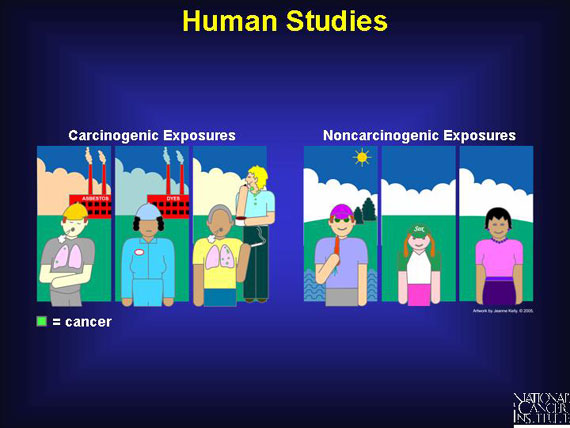|
Human studies are the way to decide with the most certainty whether a substance causes cancer.
By following groups of people over time, researchers may be able to see whether certain
exposures lead to cancer. They also compare a group of people who have been diagnosed with a
type of cancer to another group of people without the disease. Sometimes the group with cancer
has patterns of exposures very different from the patterns in the group without cancer.
Many environmental causes of cancer have first been noticed in the workplace, because people in
certain occupations have higher exposures to some chemicals than do people in the general
population.

< Previous | Index | Next Slide > |